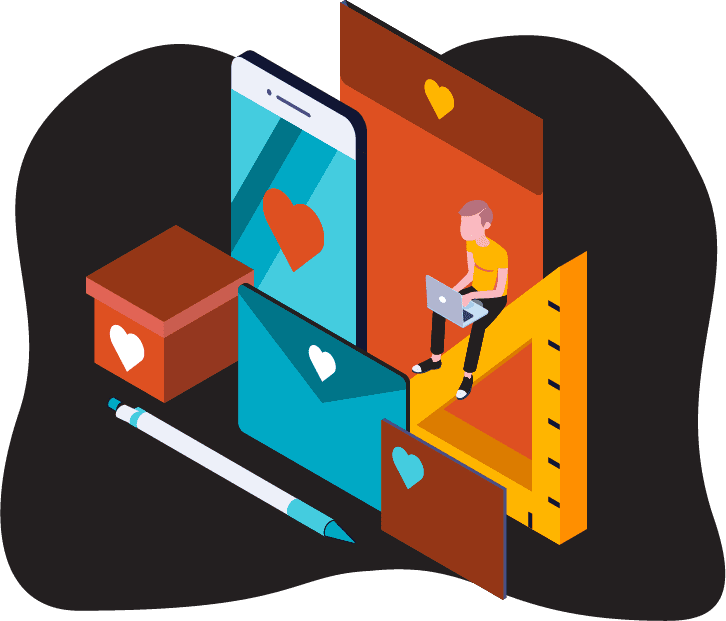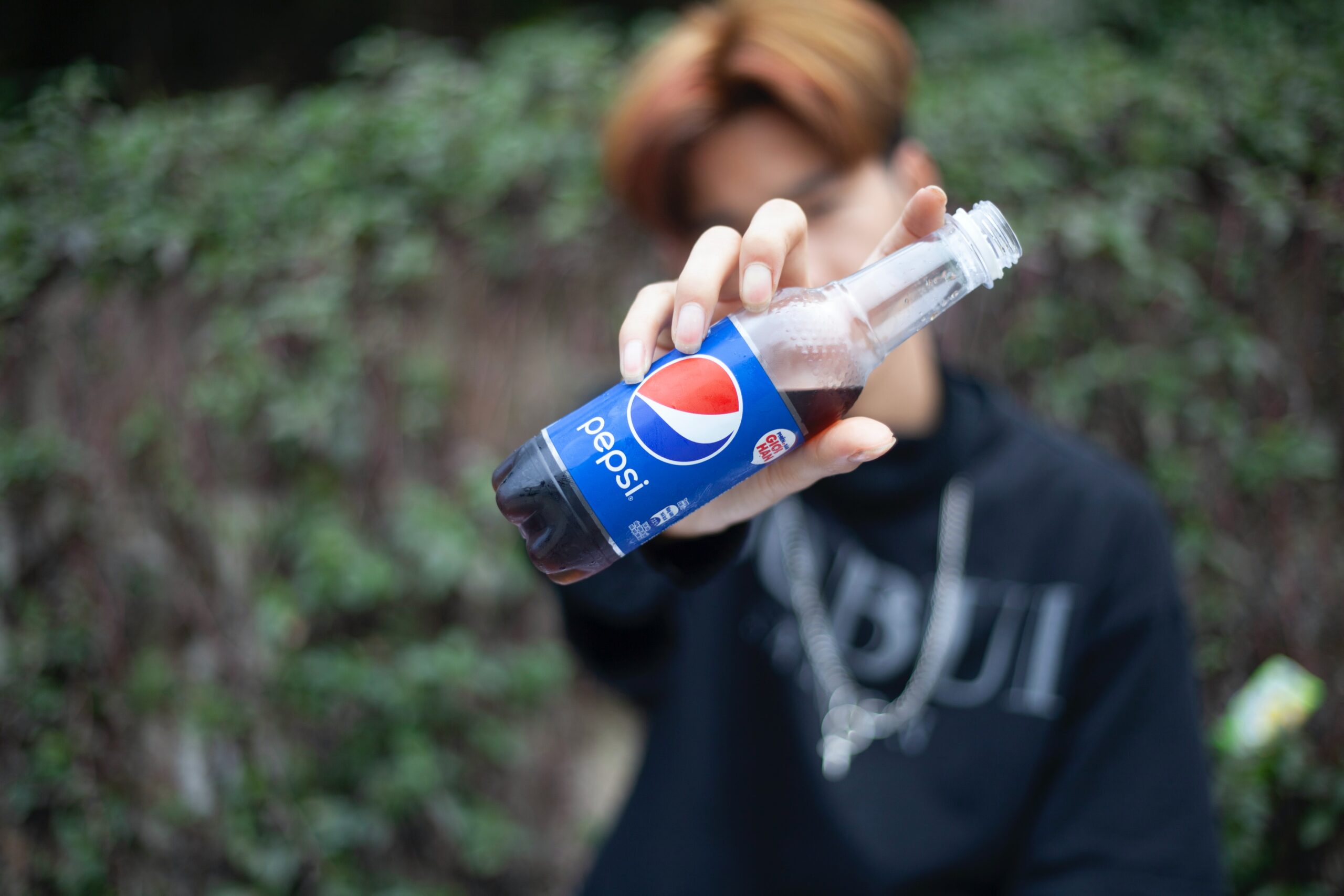Great brands win the hearts and minds of customers ahead of their competitors, and stay strong in terms of crisis. But what is branding?
Due to growth, innovation and internationalization all markets are evolving rapidly. Competition is increasing and there are more suppliers for the same product or service. This is beneficial for customers, because they will have more options to choose from. At the same time, it leaves a new task for the suppliers. How can we make sure that our target audience, B2B customers and consumers alike, know and purchase our product or service instead of the one from our competitors? We need to stand out in the crowd. Branding is a key solution for that. But what is branding?
But what exactly is branding?
Branding can be defined as the activity of connecting a product, service or organization with a particular name and/or symbol. Or with particular features or ideas, in order to make people recognize your brand and want to buy it. Over the years, branding has become an important aspect of product definition, illustrating what a product or service stands for and what problem it can solve for its target customer.
Building a strong brand is an essential part of any company’s growth and expansion strategy. Through branding, you can outshine the competition, even when offering a similar product or service, through a better brand that is unique and speaks to your targets customer. The ultimate objective in branding is to ensure that when your potential customers have a specific need that they would like to fill, they will see a picture of your brand that they can identify with. With the use of branding, your product or service can become unique in the eyes of your target markets.
“Your brand is what other people say about you when you’re not in the room.” Jeff Bezos, Founder and CEO of Amazon.
Determine brand identity
Building a great brand does not rely on only one aspect, but on various tools. First, a company needs to set their brand identity. The brand identity relates to your vision and purpose, and includes your brand name and visual identity design. With the brand identity comes also the brand definition. What defines the company or product and what are the values and promises you offer? Other branding tools are:
Advertising and digital marketing
Advertisement is key for customers to become aware of your offer and can be done through various channels. Digital marketing and social media are nowadays a key way to promote your brand due to the social media growth, but more traditional media like television or bus shelters can also be very effective, depending on your target audience. Repetition and consistency are crucial to building your brand: when you see a certain advertisement multiple times it triggers your brain to remember it, which results into you buying that product. And of course, your message needs to be repeated across channels for a longer period of time in order to build a strong brand identity.
Packaging design
Next to that, the packaging design, which helps customers to recognize your products and trigger their eyes. The company uses the design of the packaging to attract the target audience and tell the brand definition.
Pricing
Pricing is also a way to differentiate a product and can be used together with an economic growth strategy. This branding tool is really determined by the target audience of your brand. Some customers always choose the cheapest option, but others are looking for quality and expect that the highest price automatically means a premium brand. Pricing as a branding tool is determined on what kind of brand it is, a value brand or a premium brand.
Creating a brand of a company or product can also be done through in-store experience and customer service.
In-store and omnichannel experience
In-store experience is used to guide customers through your store towards purchase and can for example be done through the use of a consistent and engaging service, layout and look and feel. In-store experience is also applicable to online channels, such as a web shop and apps. A quick, easy and intriguing web shop and app are important aspects of a good in-store experience. And it is important that the experience you offer is consistent across all channels and devices, to support building a consistent and reliable brand experience.
Customer service
The customer service has become an important aspect in general for customers, because of the increase in possibilities. When customers have the possibility to choose between similar products, a friendly face and helping hand can be used to set the difference. A pro-active, convenient and consistent service helps to link a customer to your brand, build trust and associate your brand with the right values.
Therefore, what is branding?
Branding is building a consistent brand identity, including name, visual aspects and brand values, that relates to your target audience and distinguishes your brand from the competitors in order to link customers to your product or service. After your desired brand identity has been determined, several tools can be used to create your brand. So, what branding tool has the most effect on you as a customer? Is it the heartwarming commercial on television, the beautiful packaging, the in-store experience or the great customer service? It most likely will be the combination of all of these!
We love helping ambitious organizations reach new levels of sustainable growth through vision and purpose, strategy and execution, digital tools and go-to-market optimization.











